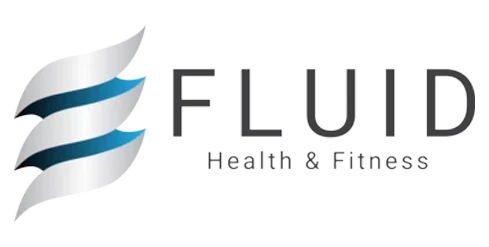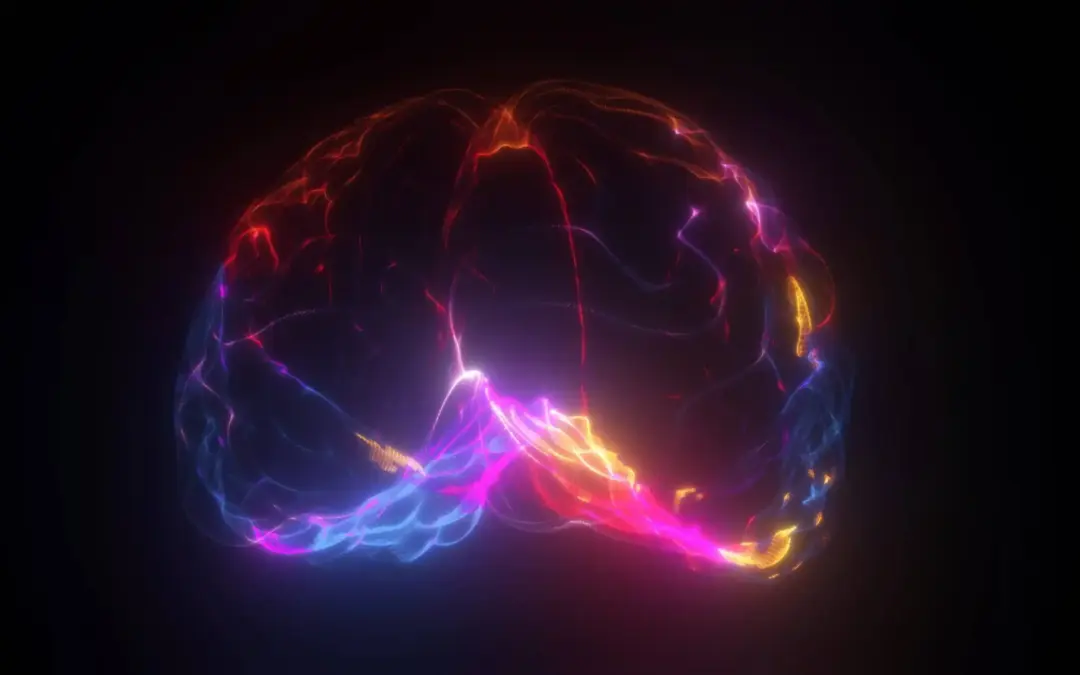
Restoring your movement isn’t a linear checklist—it’s a layered biological and neurological reboot of your entire movement system that spans the central nervous system (CNS), peripheral nervous system (PNS), musculoskeletal system, and extracellular matrix (ECM). The process detailed in this article mirrors how the human body truly heals and reorganizes itself from the inside out—through the interplay of the brain, nervous system, muscles, and connective tissue. Unfortunately, most people (and many fitness and rehab programs) jump straight to “strengthening” or “stretching” without respecting the critical foundation steps that the body demands. They skip stages, ignore neurological roadblocks, or assume that “just moving” is enough.
When approached correctly, this staged, neuro-biomechanical process not only restores movement but rebuilds the natural tensegrity and load-sharing capacity of your body—making you more resilient, more efficient, and less prone to chronic breakdown. This article is your unapologetically honest roadmap. It breaks down the stages, timelines, and the real work required, helping you understand exactly why your body is stuck—and what it takes to truly restore it.
This article will break down, in scientific yet clear terms:
- What is physiologically happening at each stage of recovery?
- What are your responsibilities, both acutely and chronically?
- What volume of work and what timelines are realistic for your condition?
- What are the blockages and bottlenecks you’ll encounter along the way?
Stage 1: ACCESS — Can Your Nervous System Even Find the Muscle?
What’s happening?
When a muscle is injured, or when pain, trauma, or disuse occur, the primary motor cortex (M1) can reduce its representation of that muscle — a phenomenon known as cortical motor suppression.
This is not a muscle problem — this is a brain problem. The CNS literally stops prioritizing the signal to the muscle (Liepert et al., 2001; Lundbye-Jensen & Nielsen, 2008).
Symptoms
- Feeling disconnected from the area
- No perception of contraction
- “Ghost muscle” sensation
Client Responsibility (Acute and Chronic)
| Parameter | Recommendation | Typical Phase Duration | Total Volume Expectation |
| Frequency | 3–5x/week | 3–5 weeks | ~15–25 hours total |
| Session Duration | 15–30 minutes/session | ||
| TUT (Time Under Tension) | 10–30s static holds | ||
| Rest | Minimal/active transitions |
Techniques
- Breath-coordinated isometrics
- Tactile cueing and sensory mapping
- Neurodevelopmental positions (e.g., DNS)
Barriers
- Low proprioception
- Fear, trauma, or learned disuse
- Cortical suppression of the motor plan
Example Timeline by Condition
| Condition | Expected Timeline to Regain Access |
| Healthy CNS after acute injury (e.g., sprain) | 2–4 weeks |
| CNS involvement (e.g., stroke, upper motor neuron lesion) | 3–6 months (depends on severity, plasticity, and early intervention) |
| Autonomic dysregulation (e.g., poor breathing, chronic stress) | 4–8 weeks |
Stage 2: INHIBITION — What’s Blocking the Signal?
What’s happening?
Even if the CNS can find the muscle, protective reflexes (Golgi tendon organs, muscle spindles), autonomic overdrive (sympathetic dominance), or fascial compression can block clean signal transmission (Simons & Travell, 1999; Schleip et al., 2012).
Symptoms
- High tone in antagonistic muscles
- Sensation of being “stuck”
- Pain with attempted movement
Client Responsibility (Acute and Chronic)
| Parameter | Recommendation | Typical Phase Duration | Total Volume Expectation |
| Frequency | 5–6x/week | 3–6 weeks | ~20–30 hours total |
| Session Duration | 20–30 minutes/session | ||
| TUT | 30–60s per release drill |
Techniques
- SMFR (self-myofascial release)
- Hold-relax PNF
- Breathing drills (diaphragmatic, vagal resets)
Barriers
- Chronic high stress or PTSD
- Fascial adhesions, scar tissue, or entrapments
- Mismanaged breathing patterns
Example Timeline by Condition
| Condition | Expected Timeline to Inhibit Reflex Barriers |
| Acute fascial tightness (post-injury) | 2–4 weeks |
| Autonomic offset from chronic stress | 4–8 weeks |
| Peripheral nerve entrapment (e.g., piriformis syndrome) | 8–12 weeks (may require additional neurodynamic work) |
Stage 3: COORDINATION — Can You Control It Through a Range?
What’s happening?
Once access is restored and inhibition is reduced, you must rebuild clean motor patterns.
This is where sensorimotor integration, cross-joint control, and timing of muscle recruitment are re-learned (Kibler et al., 2013; Cook & Burton, 2013).
Symptoms
- Shaky, unstable movement
- Early fatigue in small tasks
- Inability to move smoothly through the range
Client Responsibility (Acute and Chronic)
| Parameter | Recommendation | Typical Phase Duration | Total Volume Expectation |
| Frequency | 3–5x/week | 4–6 weeks | ~20–30 hours total |
| Sets/Rep | 3–5 sets of 8–12 reps | ||
| TUT | 45–60s per rep (slow tempo) |
Techniques
- Slow, eccentric-controlled bodyweight movements
- Quadruped to bear crawl progressions
- Unstable surface motor control drills
Barriers
- Rushing reps
- Fatigue or overexertion
- Lack of precise cueing or awareness
Example Timeline by Condition
| Condition | Expected Timeline for Coordination Gains |
| Post-injury (healthy CNS) | 4–6 weeks |
| Subcortical imbalance (motor planning deficits) | 8–12 weeks |
| Post-spinal surgery with deafferentation | 12–20 weeks |
Stage 4: INTEGRATION — Can It Work with the Whole System?
What’s happening?
Isolated muscle control must now be linked into global myofascial chains, enabling segmental force transfer and sling-based dynamic control (Vleeming et al., 1995; Myers, 2009).
Symptoms
- Compensation patterns emerge
- Poor posture in dynamic movements
- Early fatigue during full-body tasks
Client Responsibility (Acute and Chronic)
| Parameter | Recommendation | Typical Phase Duration | Total Volume Expectation |
| Frequency | 3–4x/week | 4–8 weeks | ~25–40 hours total |
| Sets/Reps | 3–4 sets of 8–10 reps | ||
| TUT | 45–70s per set |
Techniques
- Cable chops, sled pushes
- Crawling variations
- Anti-rotation drills
Barriers
- Training isolated strength only
- Poor gait/posture habits
- Lack of variability in patterns
Example Timeline by Condition
| Condition | Expected Timeline for Integration |
| Athletic reconditioning | 4–8 weeks |
| Deconditioned populations | 8–12 weeks |
| Upper motor neuron issues (with spasticity) | 12–24 weeks (ongoing need for variability) |
Stage 5: CAPACITY — Can the System Endure Volume and Load?
What’s happening?
At this point, collagen remodeling, sarcomere hypertrophy, mitochondrial expansion, and motor unit recruitment density are the key adaptations (Schoenfeld, 2010; Krivickas, 2001).
Symptoms
- Fatigue tolerance improves
- Movement quality holds under load
- Reduced DOMS (delayed onset muscle soreness)
Client Responsibility (Acute and Chronic)
| Parameter | Recommendation | Typical Phase Duration | Total Volume Expectation |
| Frequency | 3–4x/week | 6–10 weeks | ~30–50 hours total |
| Sets/Reps | 3–5 sets of 6–12 reps | ||
| TUT | 60–90s per set |
Techniques
- Eccentric heavy lifts
- Volume-based circuits
- Moderate to heavy resistance training
Barriers
- Sleep deprivation or poor nutrition
- Overestimating load tolerance
- Skipping progressive overload steps
Example Timeline by Condition
| Condition | Expected Timeline for Capacity Gains |
| Healthy adults post-rehabilitation | 8–12 weeks |
| Tendinopathy recovery | 12–20 weeks |
| Severe disuse atrophy (post-immobilization) | 16–24 weeks |
Stage 6: EXPRESSION — Can the System Perform Under Stress?
What’s happening?
The final stage is rate of force development (RFD), elastic recoil, and reactive stability.
This is where myelin refinement in fast-twitch pathways and CNS firing efficiency take place (Cormie et al., 2011; Newton & Kraemer, 1994).
Symptoms
- Explosiveness, agility, and reactivity improve
- Ability to perform sport-specific skills
- Efficient energy system matching
Client Responsibility (Acute and Chronic)
| Parameter | Recommendation | Typical Phase Duration | Total Volume Expectation |
| Frequency | 2–4x/week | 4–6 weeks per block (cyclical) | ~20–30 hours per block |
| Sets/Reps | 3–6 sets of 3–6 reps | ||
| TUT | Short bursts (10–30s) |
Techniques
- Med ball throws
- Hang cleans
- Depth jumps
Barriers
- Lack of prior strength foundation
- Overtraining without respecting recovery cycles
- Poor technique with ballistic drills
Example Timeline by Condition
| Condition | Expected Timeline for Performance Gains |
| Return to sport | 4–6 weeks per cycle (repeated yearly) |
| Neurological populations (e.g., stroke) | Ongoing cycles of 6–12 weeks |
References
- Liepert et al. (2001). Motor cortex reorganization after stroke.
- Lundbye-Jensen & Nielsen (2008). Cortical changes after motor learning.
- Simons & Travell (1999). Myofascial pain and dysfunction.
- Schleip et al. (2012). Fascia as a sensory organ.
- Kibler et al. (2013). Movement system impairment syndromes.
- Cook & Burton (2013). Functional movement screen validity.
- Vleeming et al. (1995). The role of the posterior oblique sling.
- Myers (2009). Anatomy Trains.
- Schoenfeld (2010). Mechanisms of muscle hypertrophy.
- Krivickas (2001). Strength changes post-immobilization.
- Cormie et al. (2011). Power training for athletic populations.
- Newton & Kraemer (1994). Neurophysiological adaptations to strength and power training.



